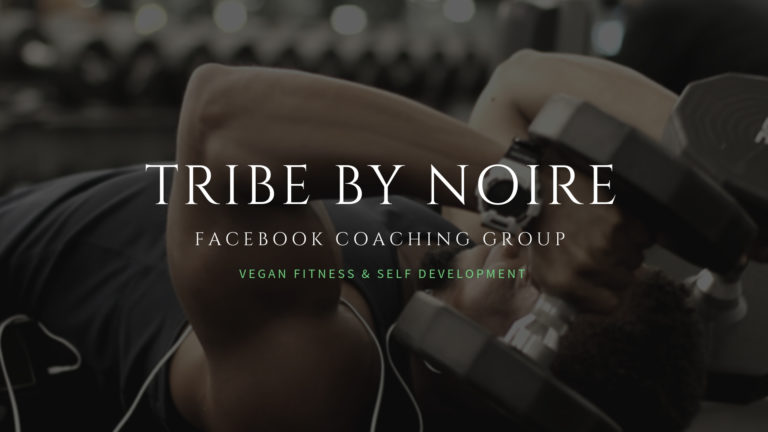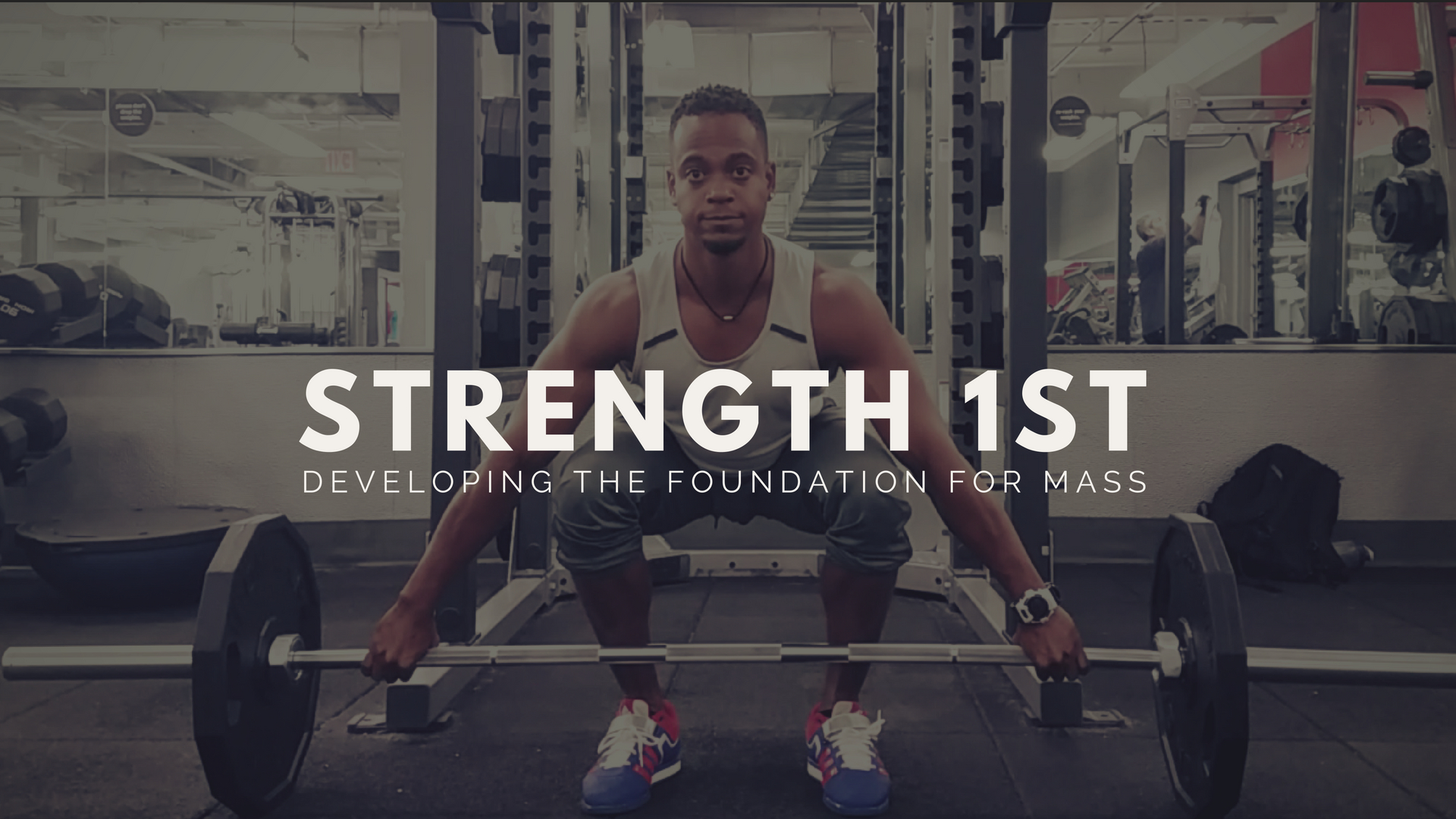Tribe By Noire
Full Body Training Vs Body Part Split Training
A relatively new debate has risen in the marketplace of fitness in regards to muscle hypertrophy. The most common approach to muscle building for the most part has been body part split routines, but now this method is being challenged by the idea that full body training is actually superior. There are even scientific studies that show full body training is the way to go. There’s a lot of nuance in this discussion, so I’m gonna break this down for you, so you can understand it from every angle.
The 3 Most Important Factors For Muscle Building
Understand that no matter what training split you choose, it will only work if its implemented correctly. In regards to muscle building your program needs these 3 things.
- Frequency – This is how many times per week you train a muscle. Ideal frequency should be 2-3 times per week with 24-48 hours in between.
- Volume – This is your weekly total of how many sets and reps you do. For hypertrophy, volume should be between 14-20 sets per week.
- Intensity – This is how hard you train a muscle within a training session. The weight you use on the big compound lifts should be between 70-85%.
All three of these factors have to be in your program with frequency and volume being the top priorities. The training split you choose will determine the levels that these factors will be implemented at.
Full Body Training
Full body training is pretty self explanatory. On each training day you would target all the major muscle groups with mostly compound exercises that target,
- Pressing muscles
- Pulling muscles
- Lower body muscles
- Core muscles
Here’s what a week of training on a full body program would look like.
Day 1
- Back Squat
- Romanian Deadlift
- Bench Press
- Pull Up
- Overhead Press
- Wood Chop
Day 2
- Conventional Deadlift
- Bulgarian Split Squat
- Incline Press
- Chest Supported Row
- Dip
- Hanging Leg Raise
Day 3
- Back Squat
- Push Press
- Hang Row
- Close Grip Bench Press
- Glute Ham Raise
- Weighted Sit Up
Full body training is all about high frequency training and the big compound movements. According to scientific research, full body training yields better results than body part split training because of the high priority on frequency. The high frequency also offsets the fact that volume is not going to be as high as a body part split. Doing 20 sets a week on all the big lifts will burn you out and ultimately cause you to lose muscle and strength. You can reach 15 sets weekly by doing 3 sets on each muscle group on the 3 days of training.
This training split would be ideal for you if,
- You only have 3 days to commit to training.
- You need to prioritizing training for your sport.
- You struggle with being consistent with training.
The Upper Lower Split
The upper lower split is also pretty self explanatory. You alternate between an upper body training day and a lower body training day. Here’s what a week of training on an upper lower split would like.
Day 1
- Back Squat
- Romanian Deadlift
- Walking Lunge
- Prone Leg Curl
- Cable Wood Chop
- Hanging Leg Raise
Day 2
- Chest Supported Row
- Bench Press
- Lat Pull Down
- Overhead Press
- Spider Curl
- Weighted Dip
Day 3
- Conventional Deadlift
- Bulgarian Split Squat
- Walking Lunge
- Prone Leg Curl
- Cable Wood Chop
- Hanging Leg Raise
Day 4
- Incline Press
- Lat Pull Down
- Chest Press
- Single Arm Row
- Skull Crushers
- Hammer Curl
With the upper lower split, frequency is reduced to 2x per week, but its easier to reach a training volume of 20 sets per week. This is the training split I use mostly and what I’ve known to work for most people in my experience. It gives you the benefits of a body part split without sacrificing too much frequency. With this split you also get 3 off days to work on things like mobility and cardio conditioning.
Push Pull Legs
This training split is not for the faint of heart. This isn’t for the people who “just want to build some muscle.” This is for those who are truly dedicated to building a phenomenal physique. The 20 sets of volume is very easy to reach with this training split, and the intensity as well. The main draw back to this training split is that it is 6 days per week.
2x Per Week
Push
- Bench Press
- Incline Press
- Arnold Press
- Lateral Raise
- Skull Crushers
- Weighted Sit Up
Pull
- Hang Row
- Lat Pull Down
- Single Arm Row
- Reverse Fly
- Barbell Bicep Curl
- Spider Curl
Legs
- Barbell Hip Bridge
- Back Squat
- Romanian Deadlift
- Bulgarian Split Squat
- Prone Leg Curl
- Hanging Leg Raise
This type of training split makes room for a great deal of exercise variation and rep schemes. Hitting 20 sets per muscle group shouldn’t be a problem, as long as you do all 3 workouts twice per week. I wouldn’t advise you to do this training split if you struggle with motivation, consistency, and/or a busy schedule.
In conclusion, all methods work well if implemented correctly, but the determining factors in which route you choose depends on your lifestyle and goals..
Tribe By Noire

I’ve created this platform to help you become the most powerful version of yourself through fitness, plant based nutrition, and mindset coaching.
copyright © 2018 Tribe By Noire. All Rights Reserved





